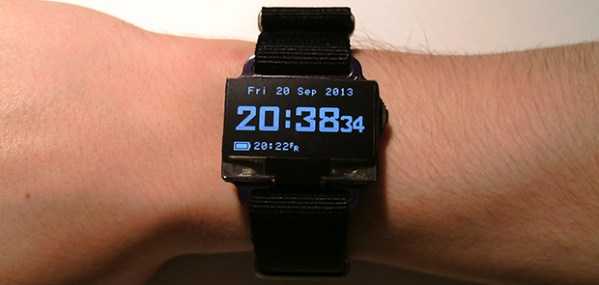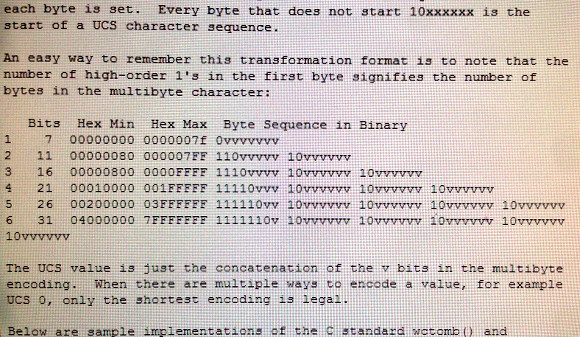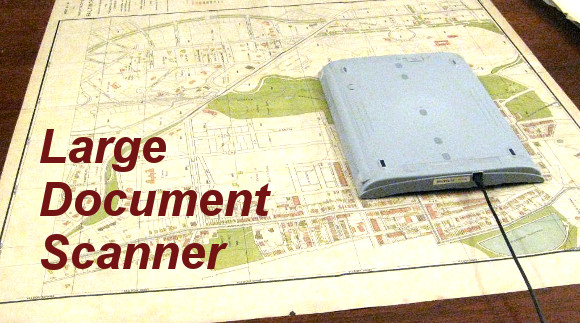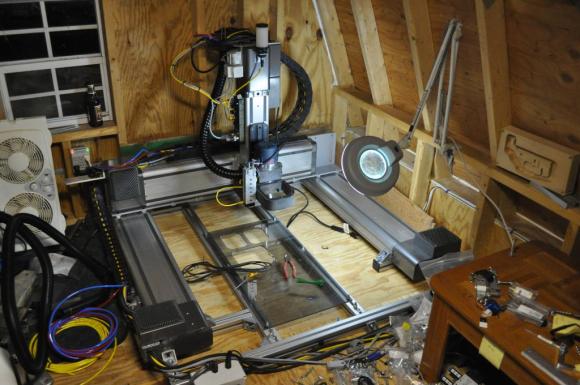Creating wearable electronics that are functional and not overly bulky is very, very hard. [Zak], though, makes it look easy. He started his DIY digital wrist watch to see how much he could cram into a watch-sized device. The finished product is really incredible, and one of the most amazing DIY watches we’ve ever seen.
The electronics for the watch include an ATMega328p, a DS3231M Real Time Clock, a Microchip battery charger, and a few resistors and caps. The display is an OLED, 1.3″ wide and only 1.5 mm thick, contributing to the crazy 10mm overall thickness of the watch.
The software is where this watch really shines. Along with the standard time and date functions, [Zak] included everything and more a wrist watch should have. There is an interface to set up to ten alarms on different days of the week, a Breakout and ‘Car Dodge’ game, a flashlight with integrated ‘rave’ mode, and a stopwatch. On top of this, [Zak] included some great animations very similar to the CRT-like animations found in Android.
It’s a fabulous piece of kit, and if any project were deserving of being made into an actual product, this is it.
You can check out [Zak]’s demo of all the functions of his watch below.


















